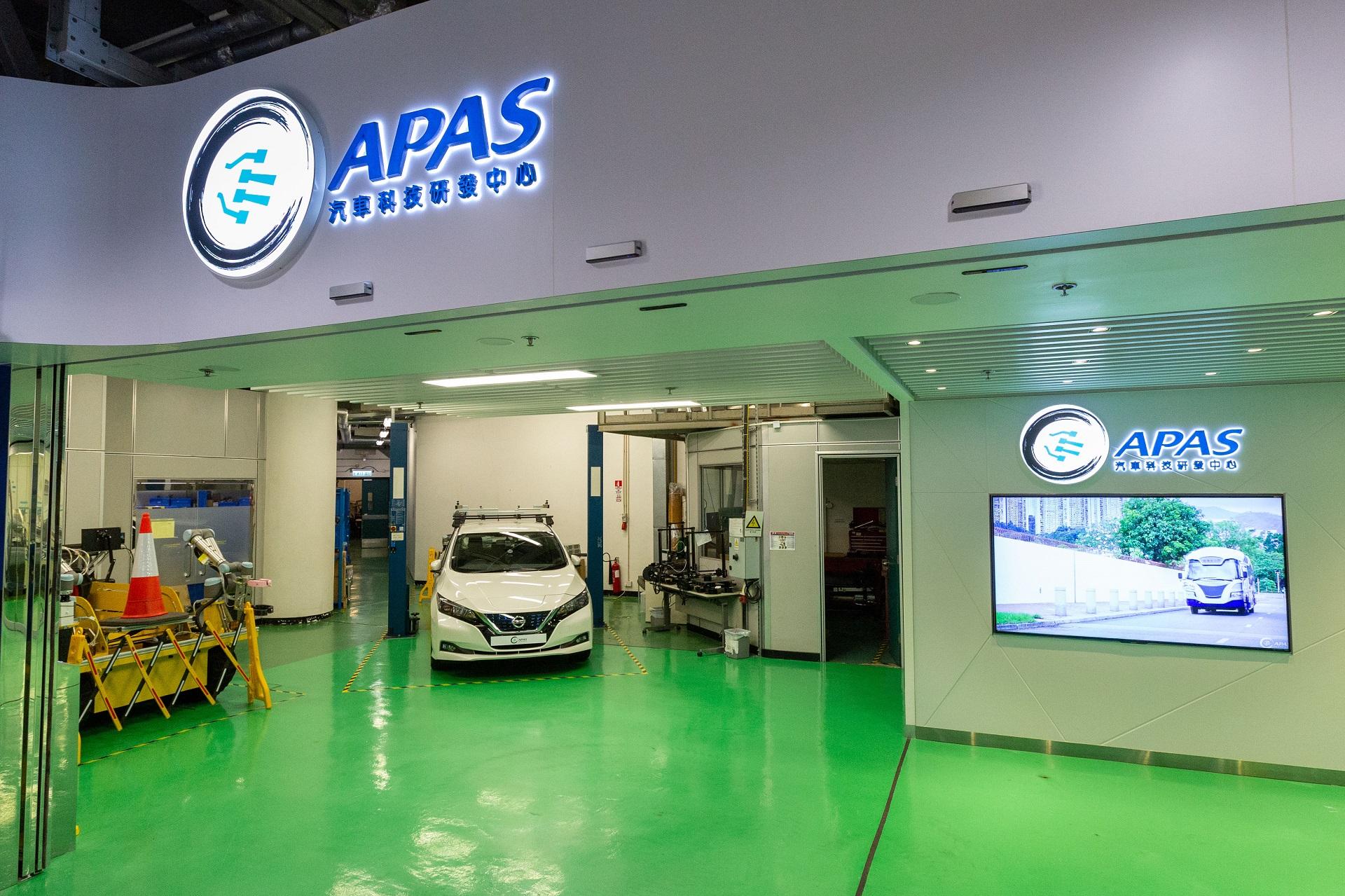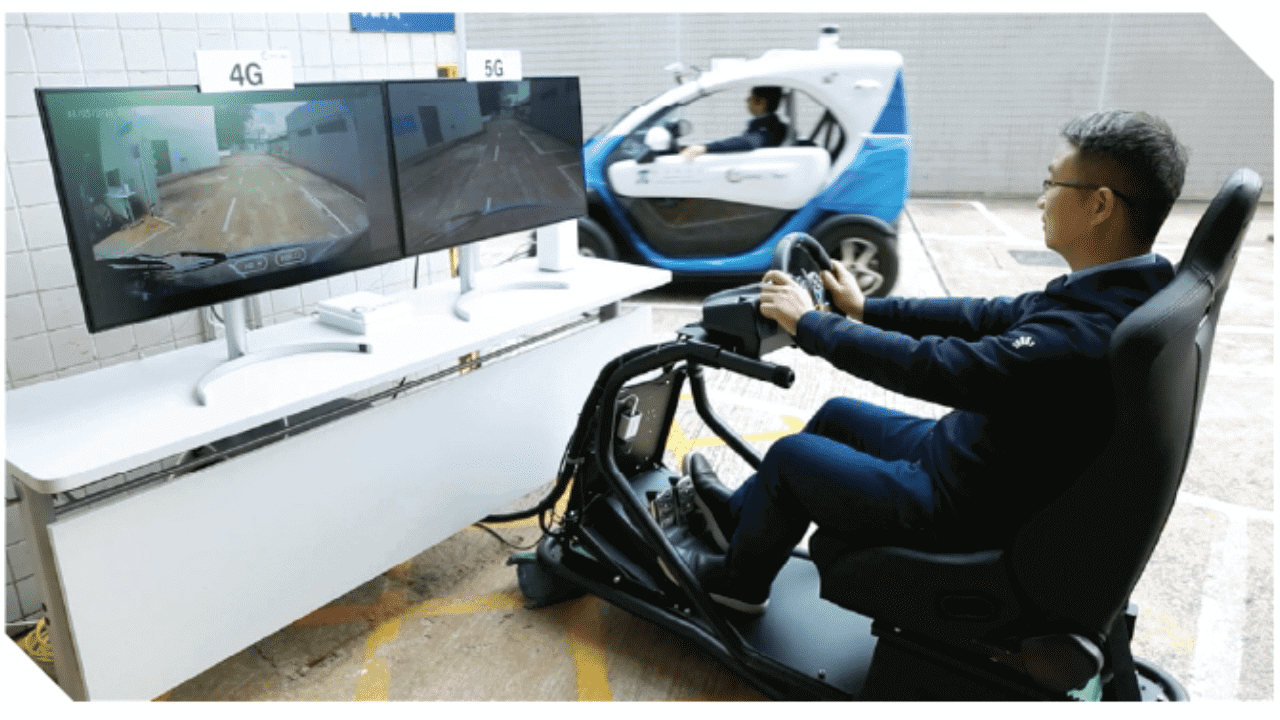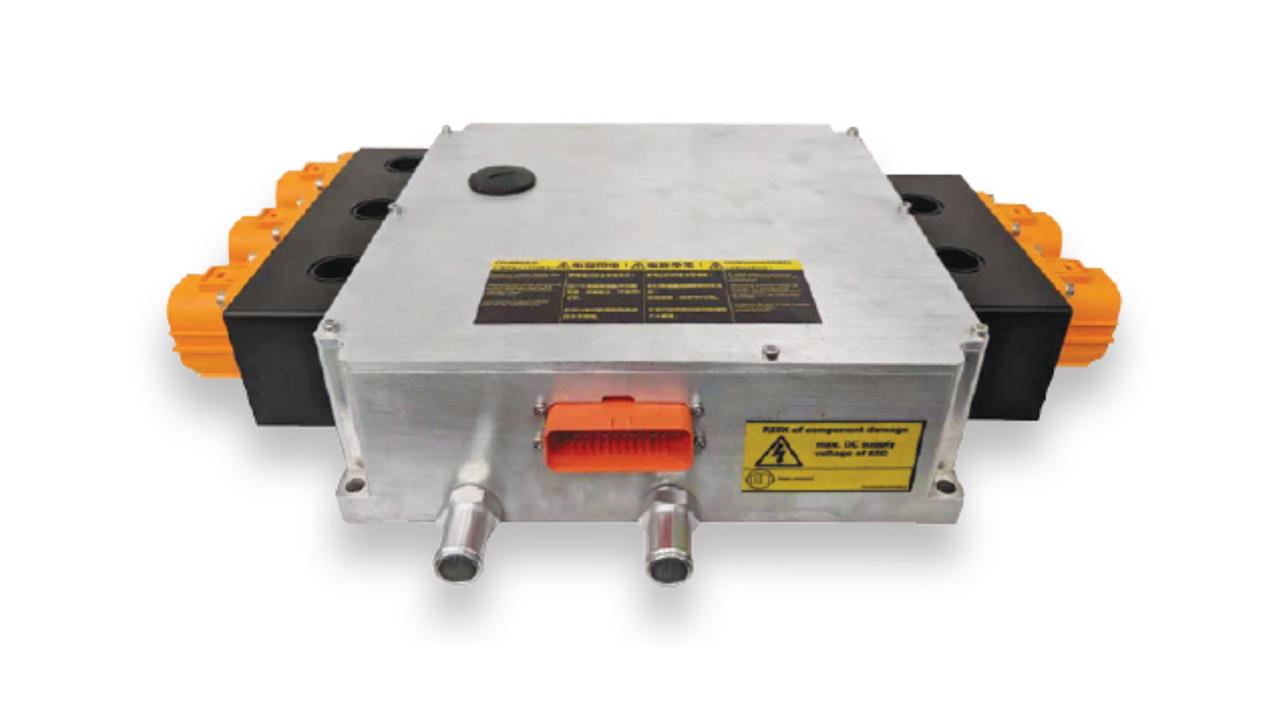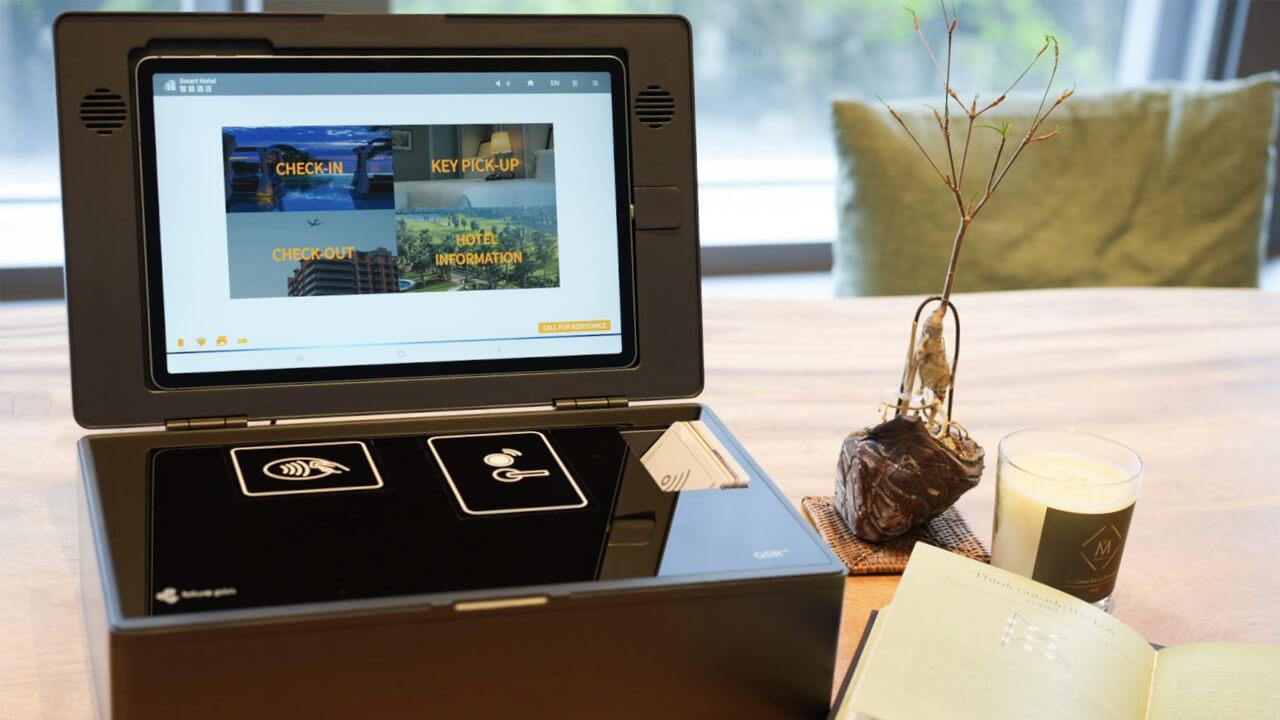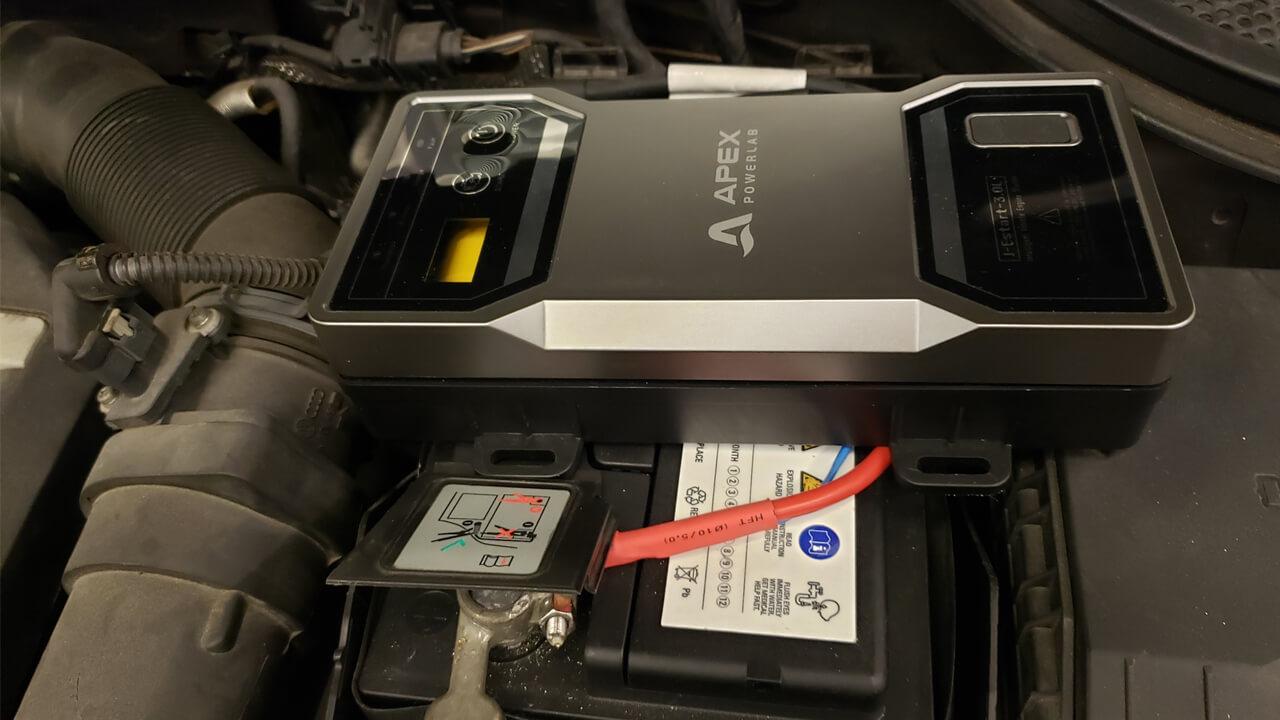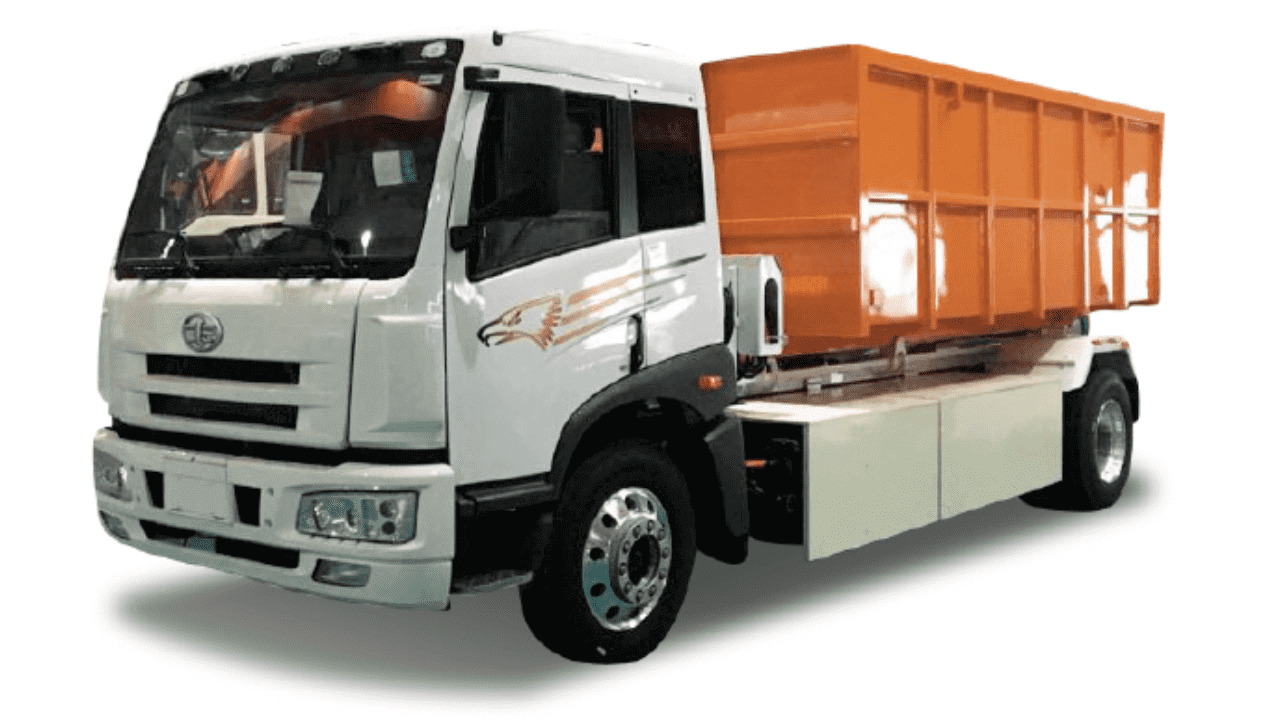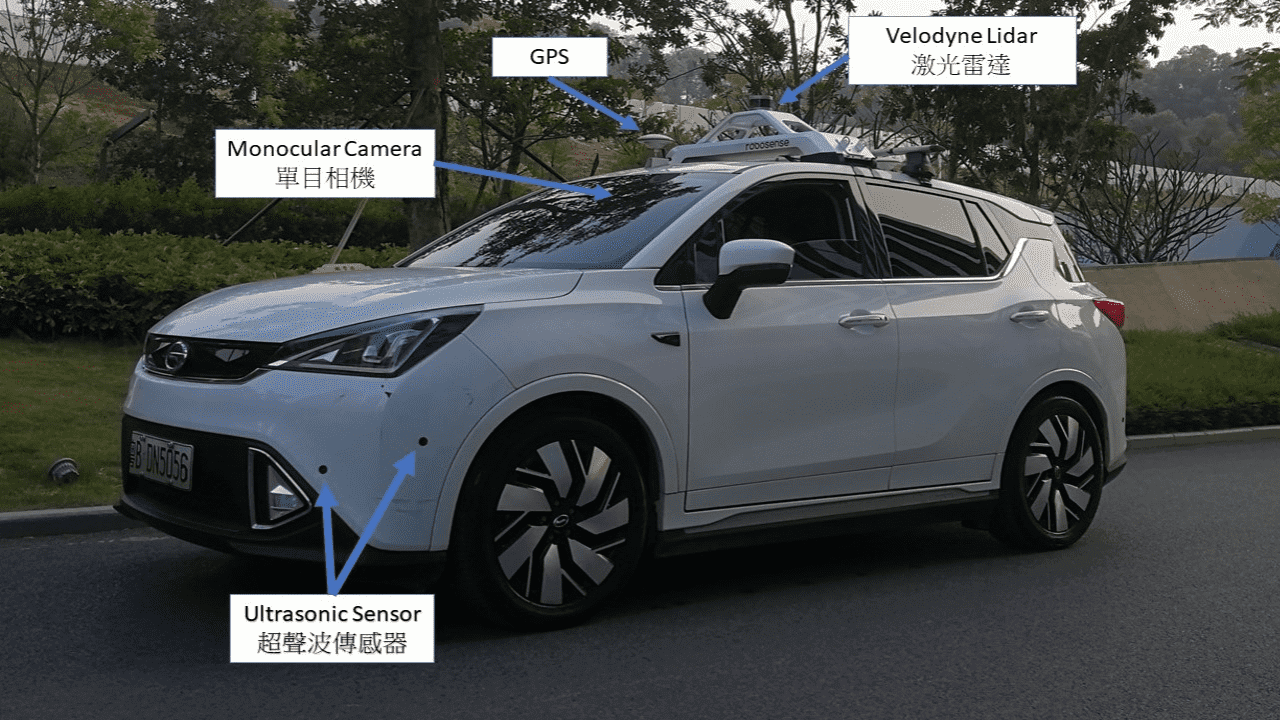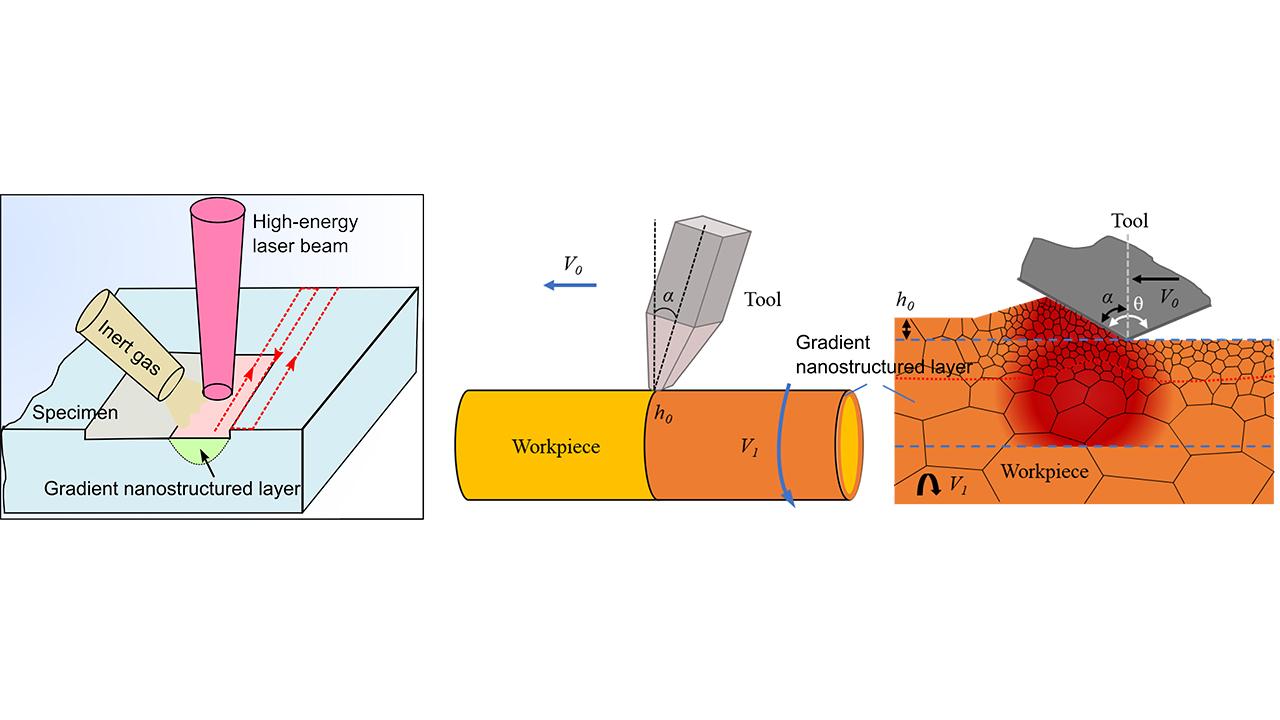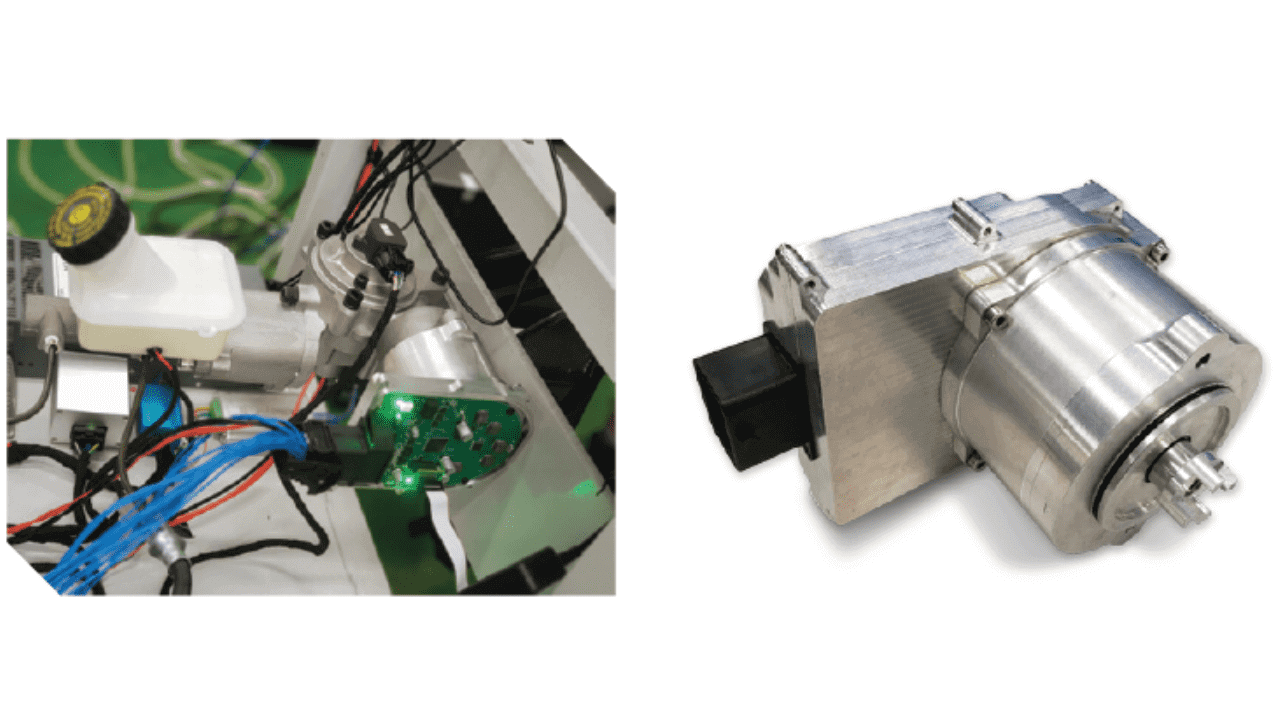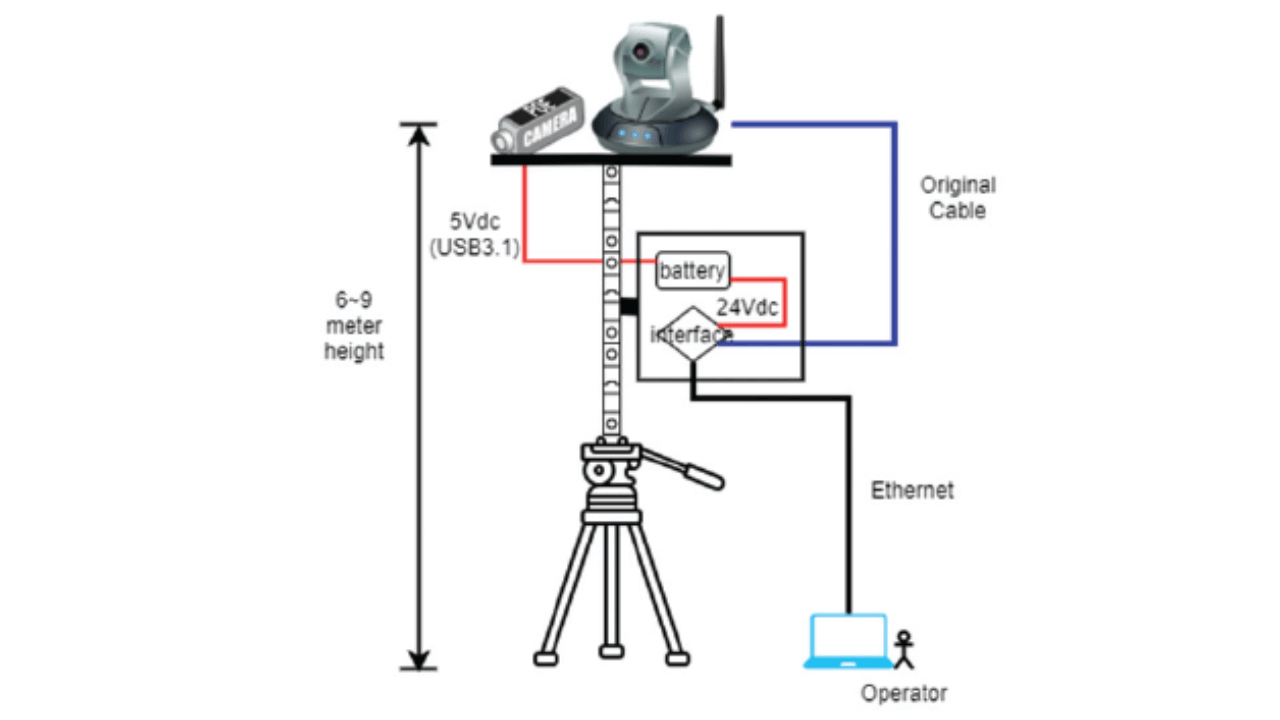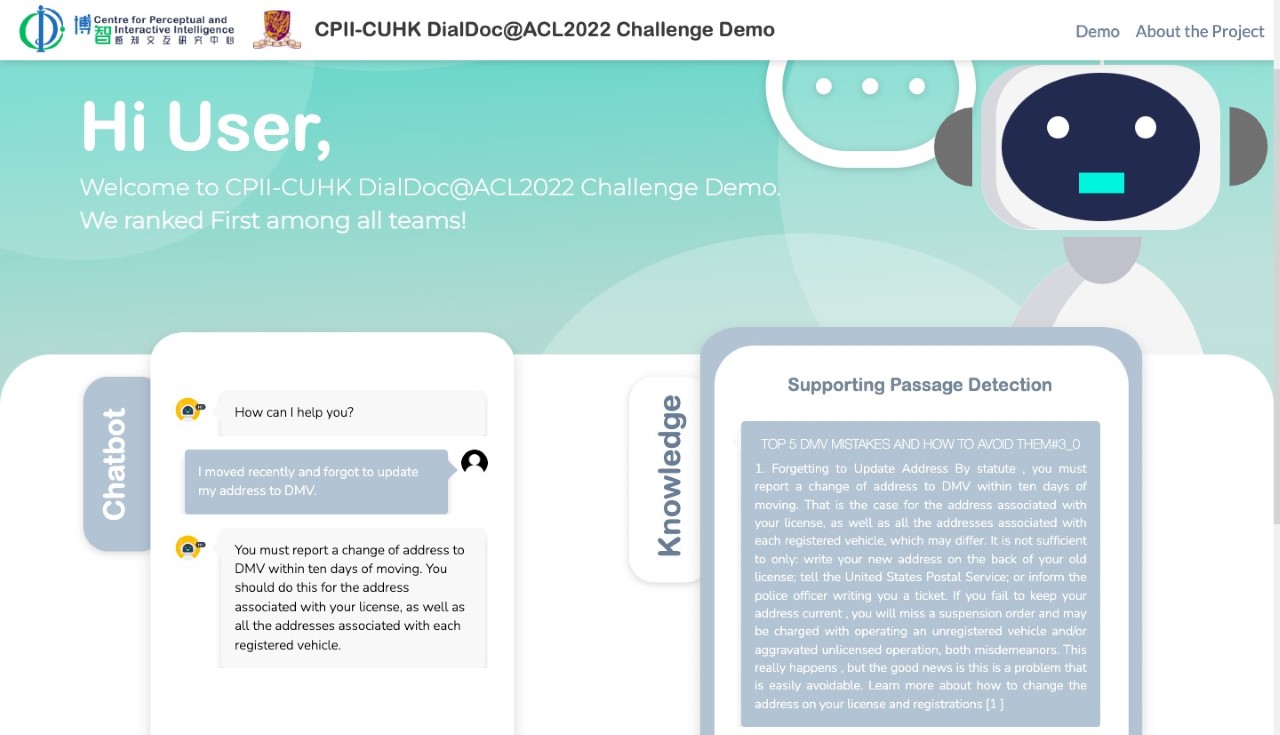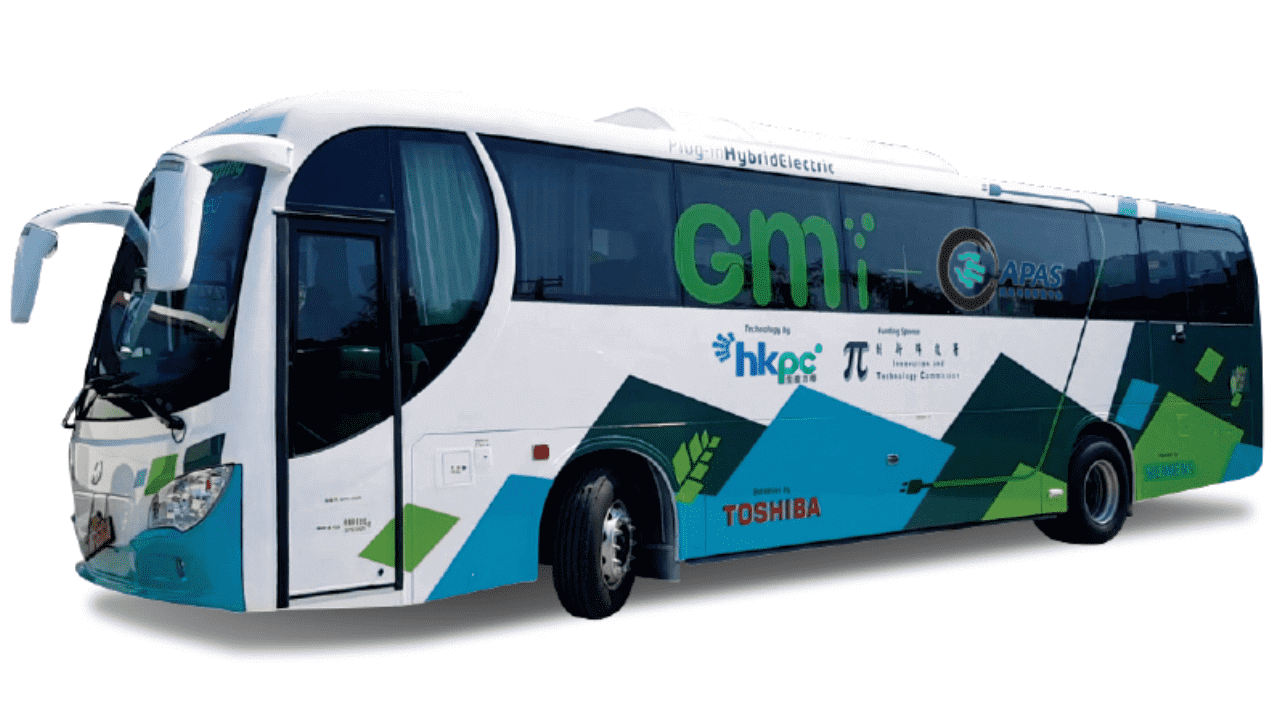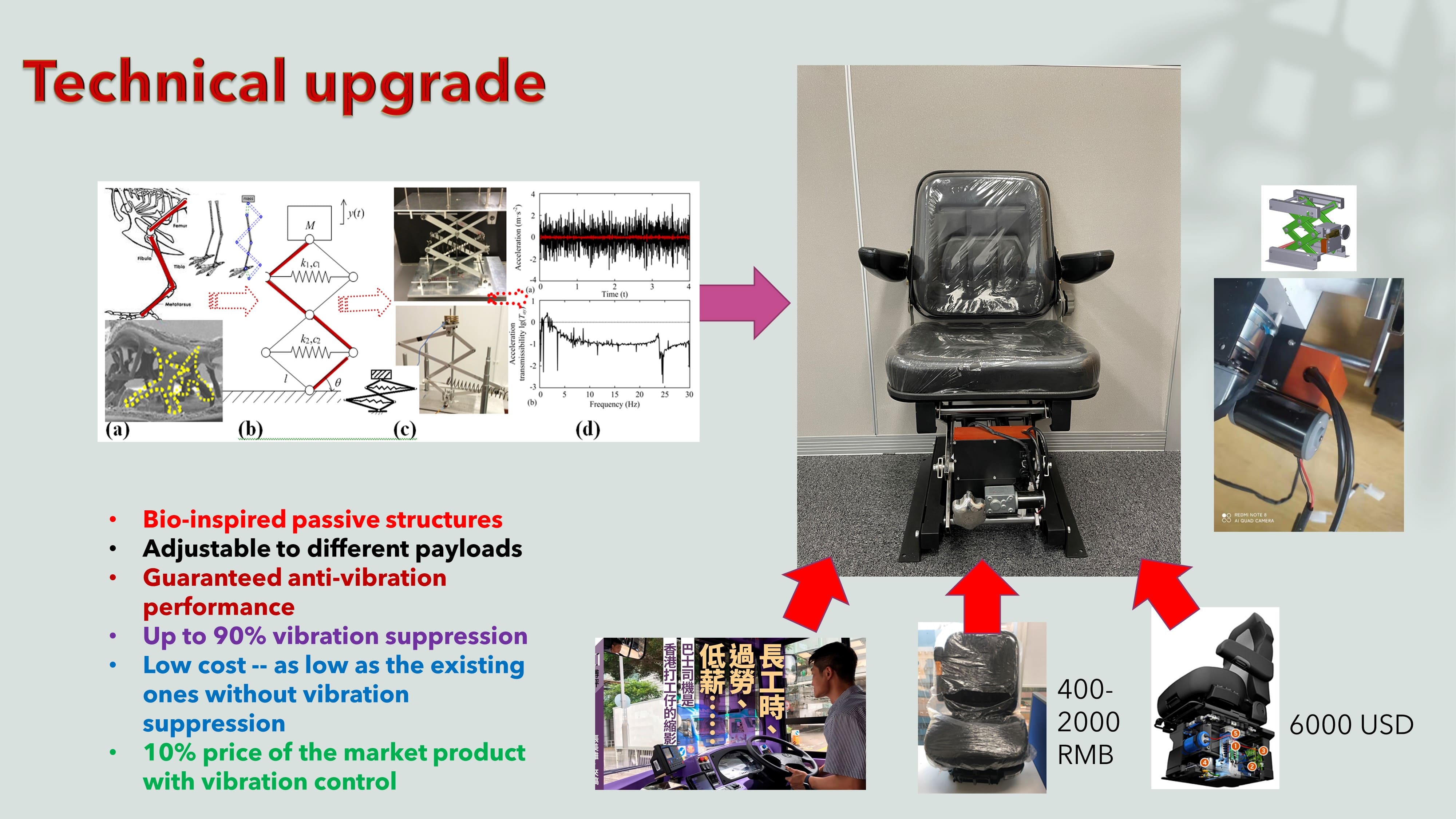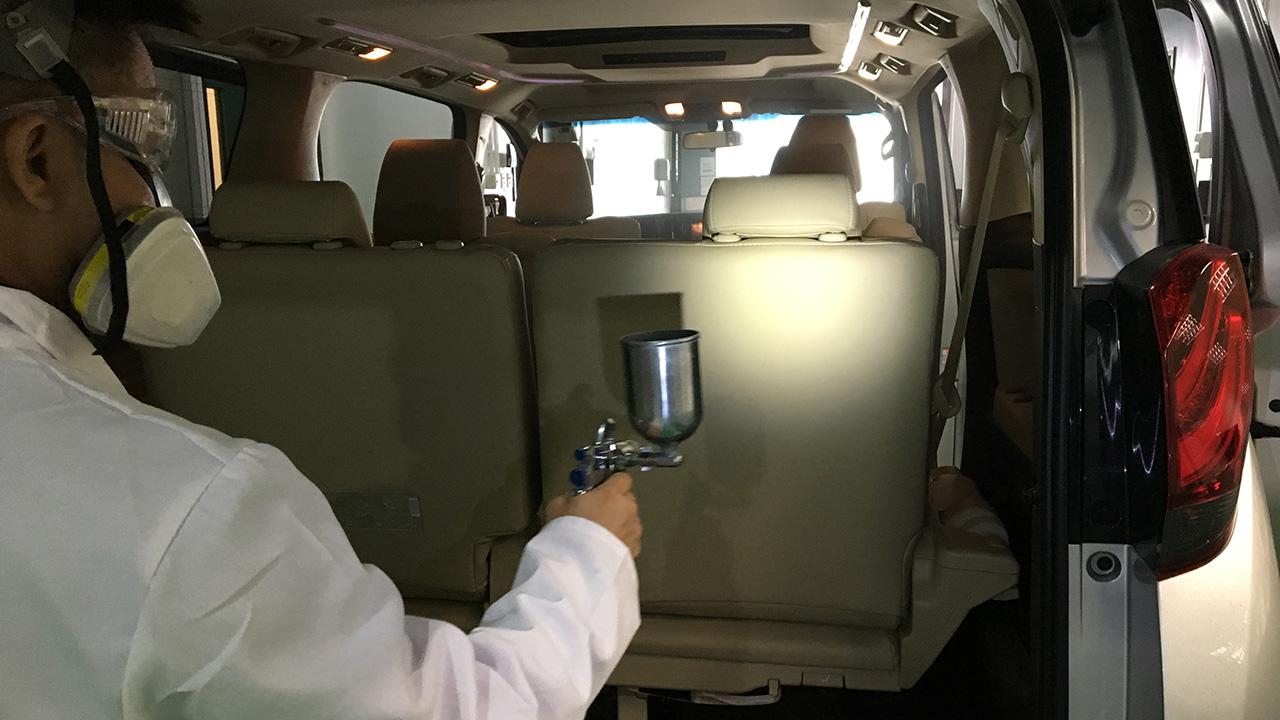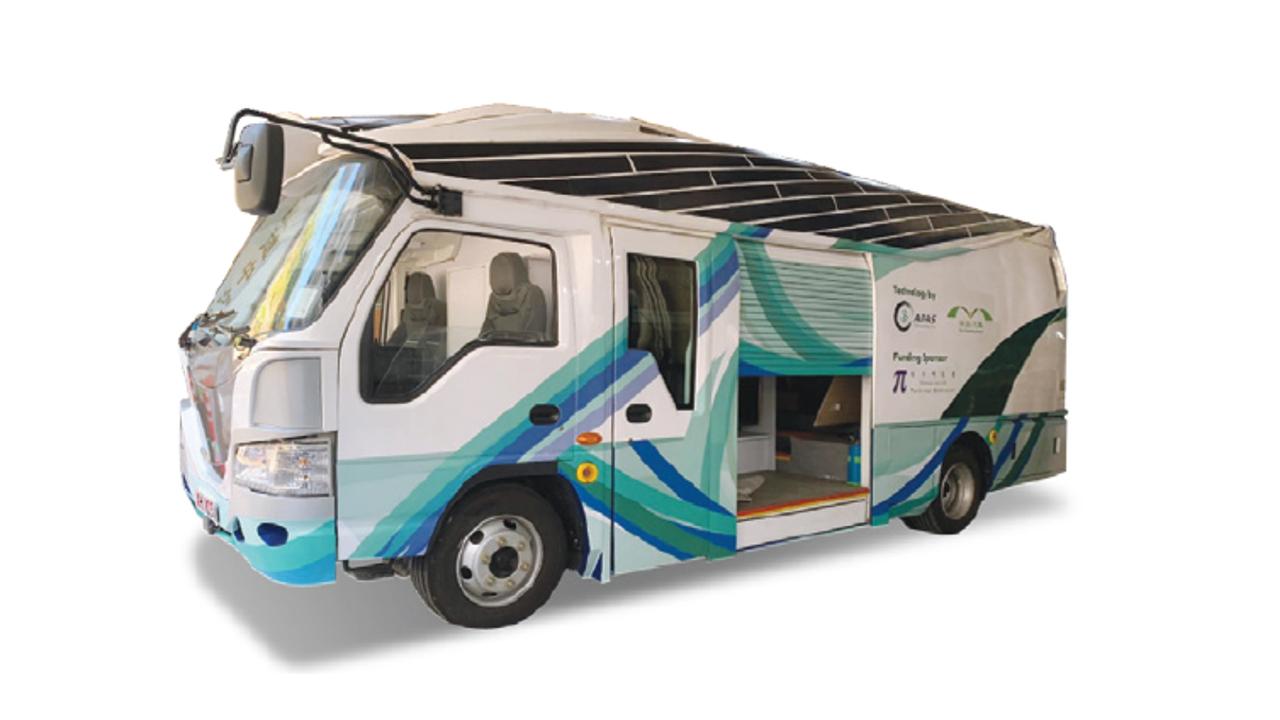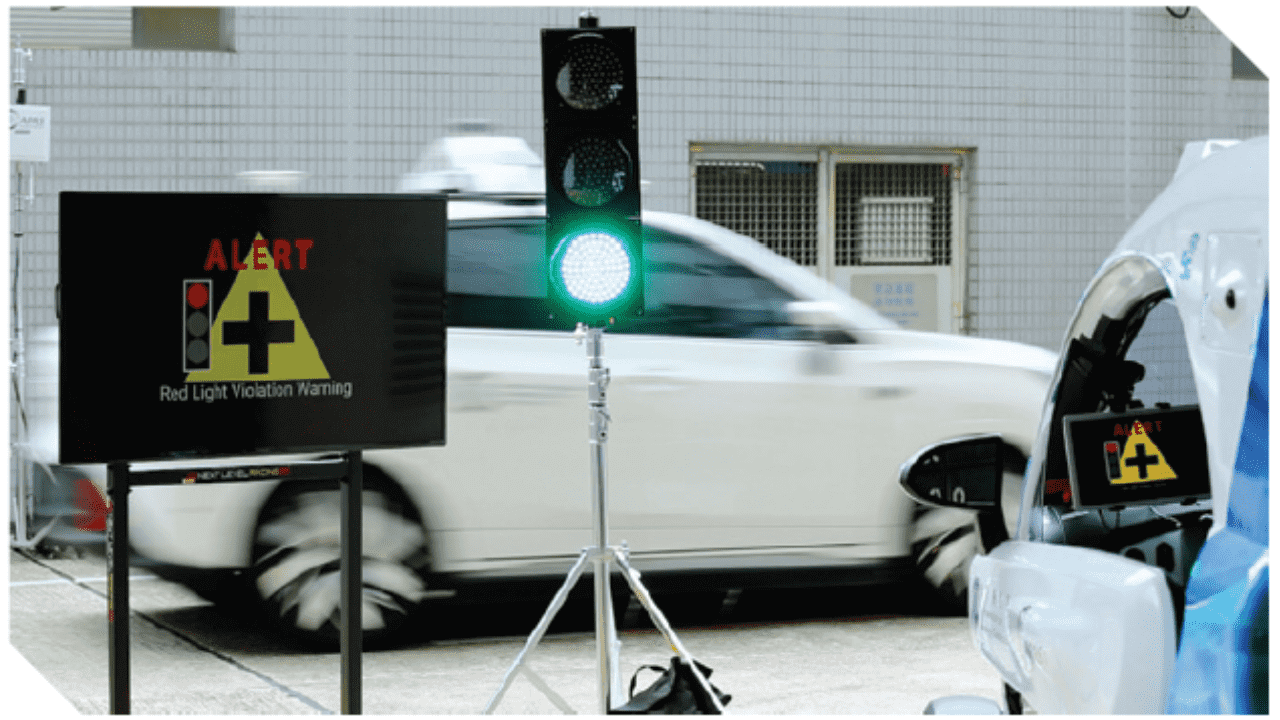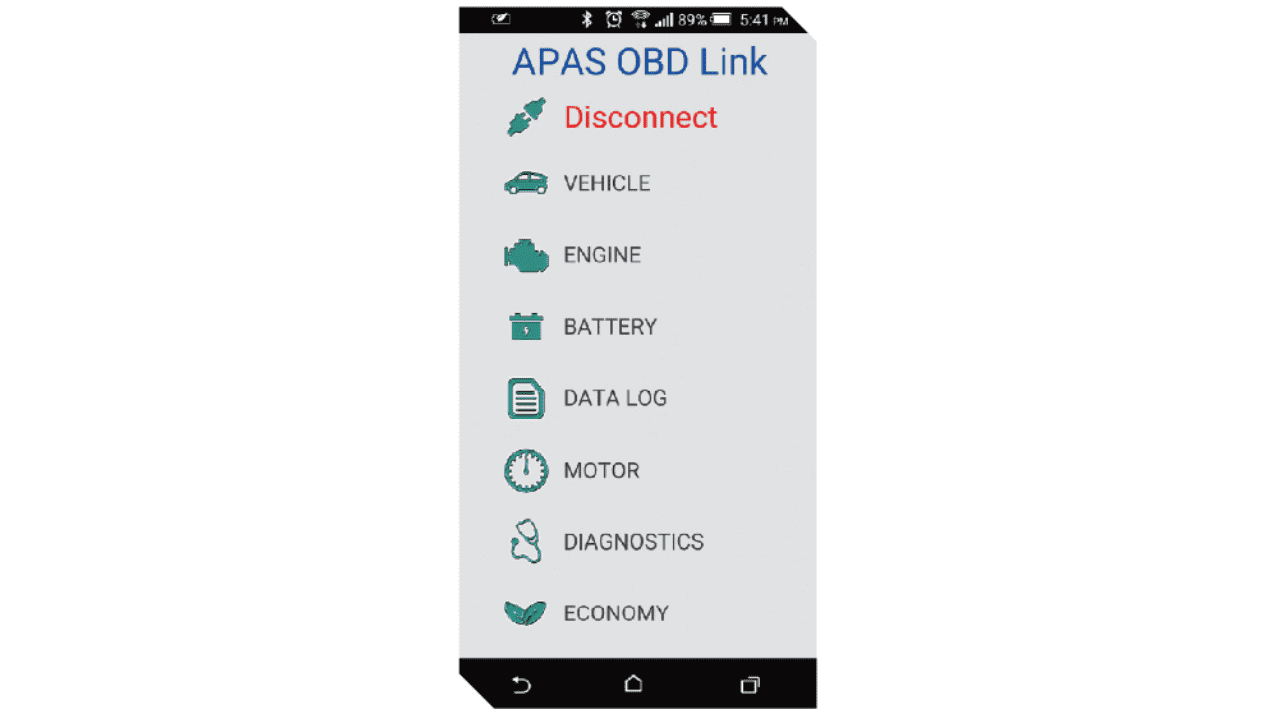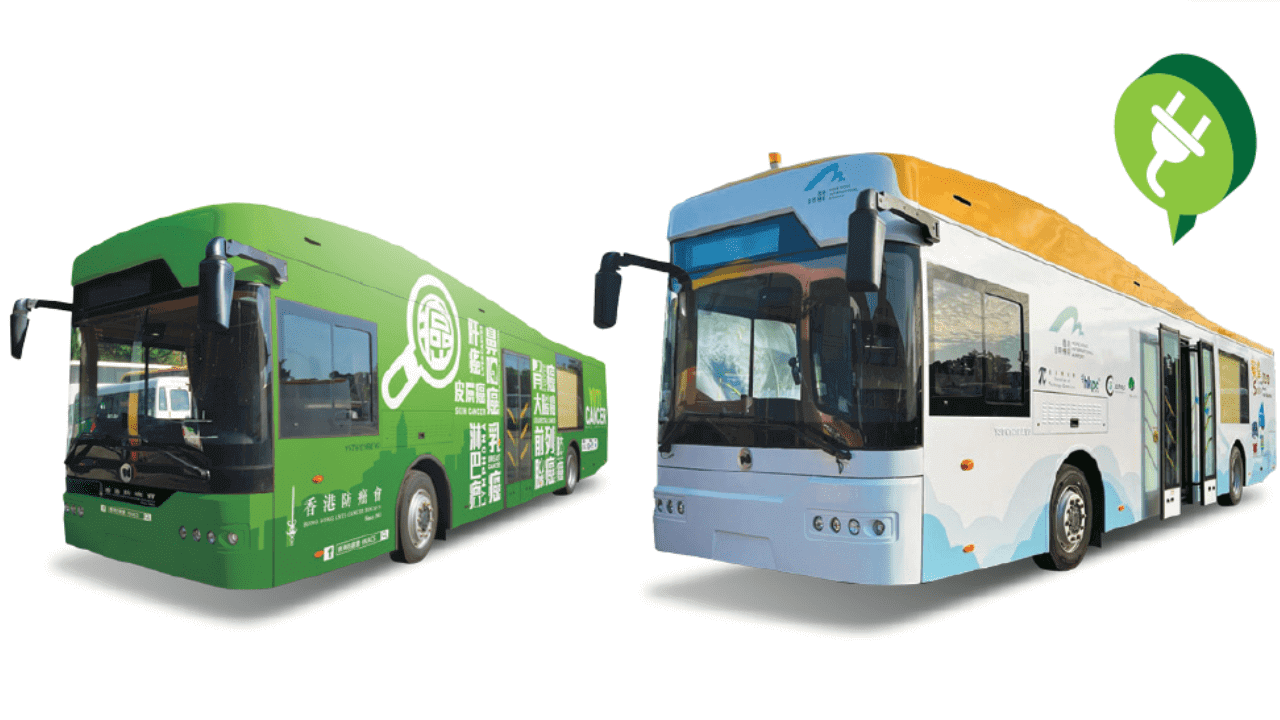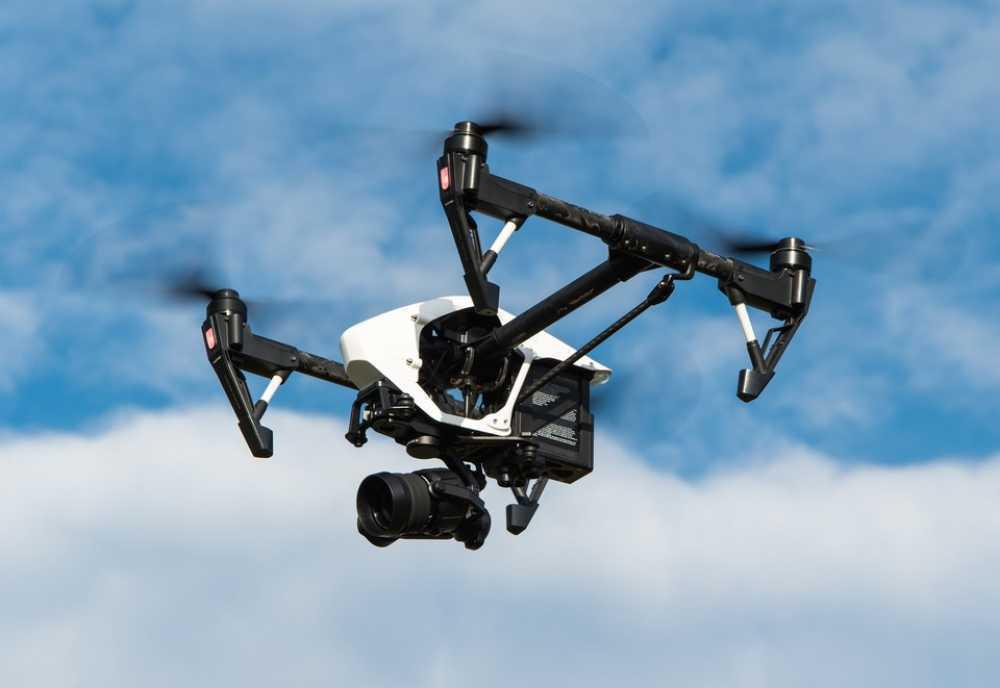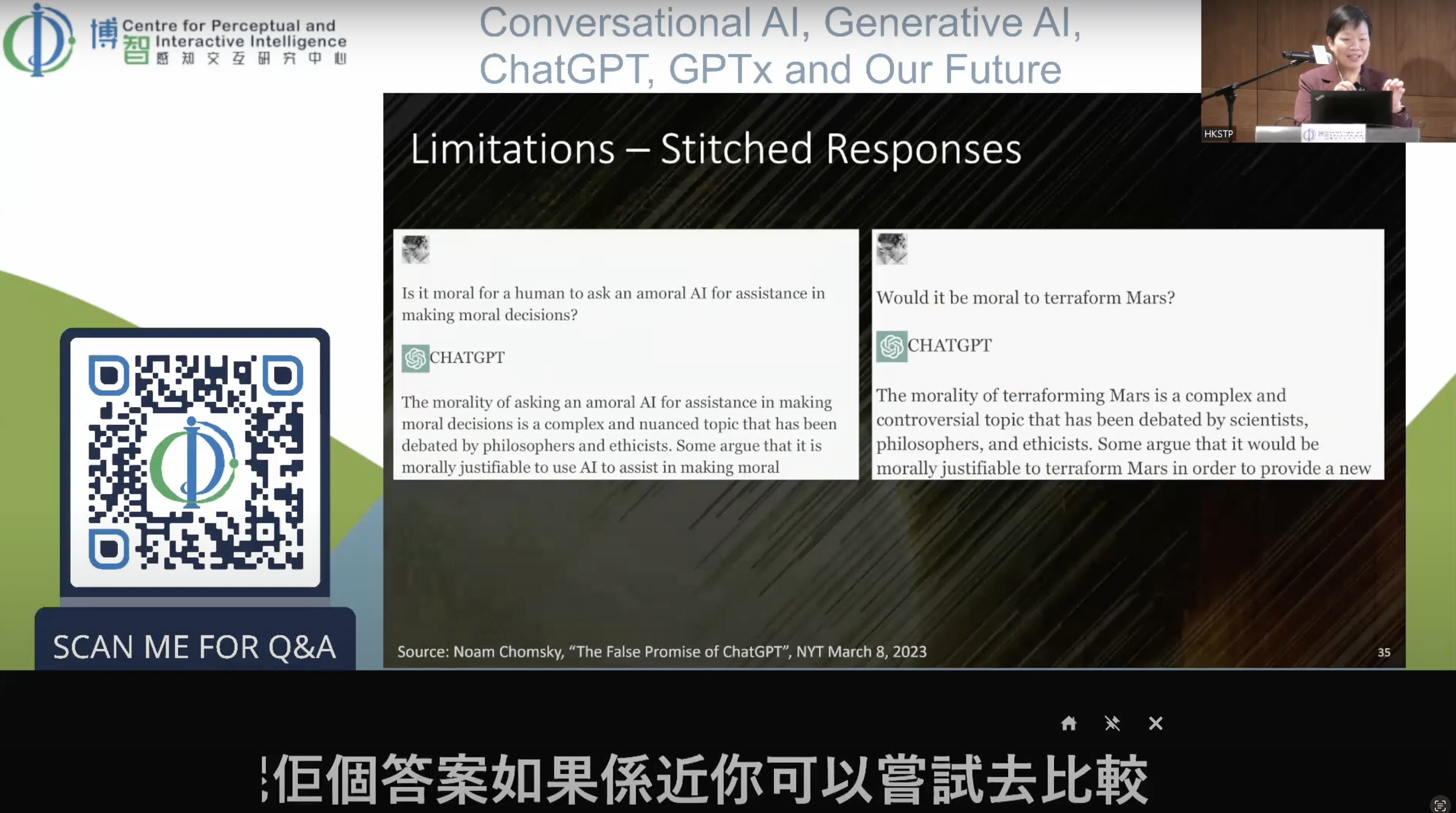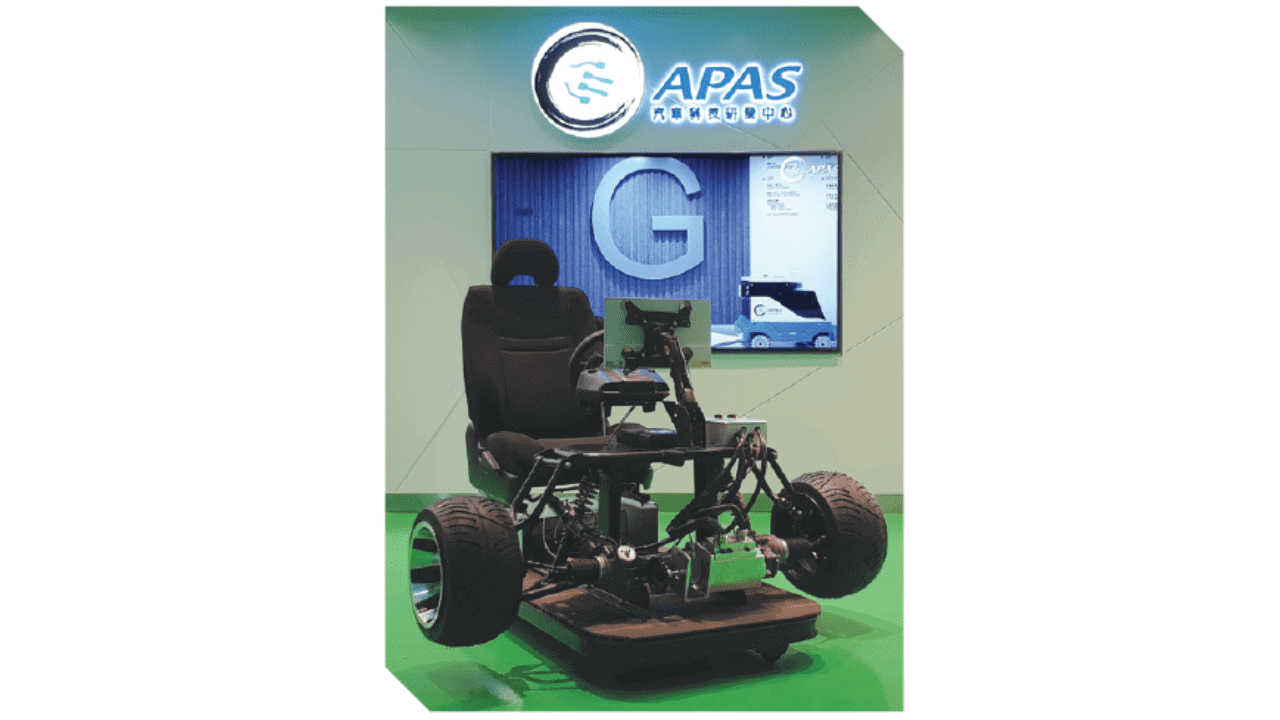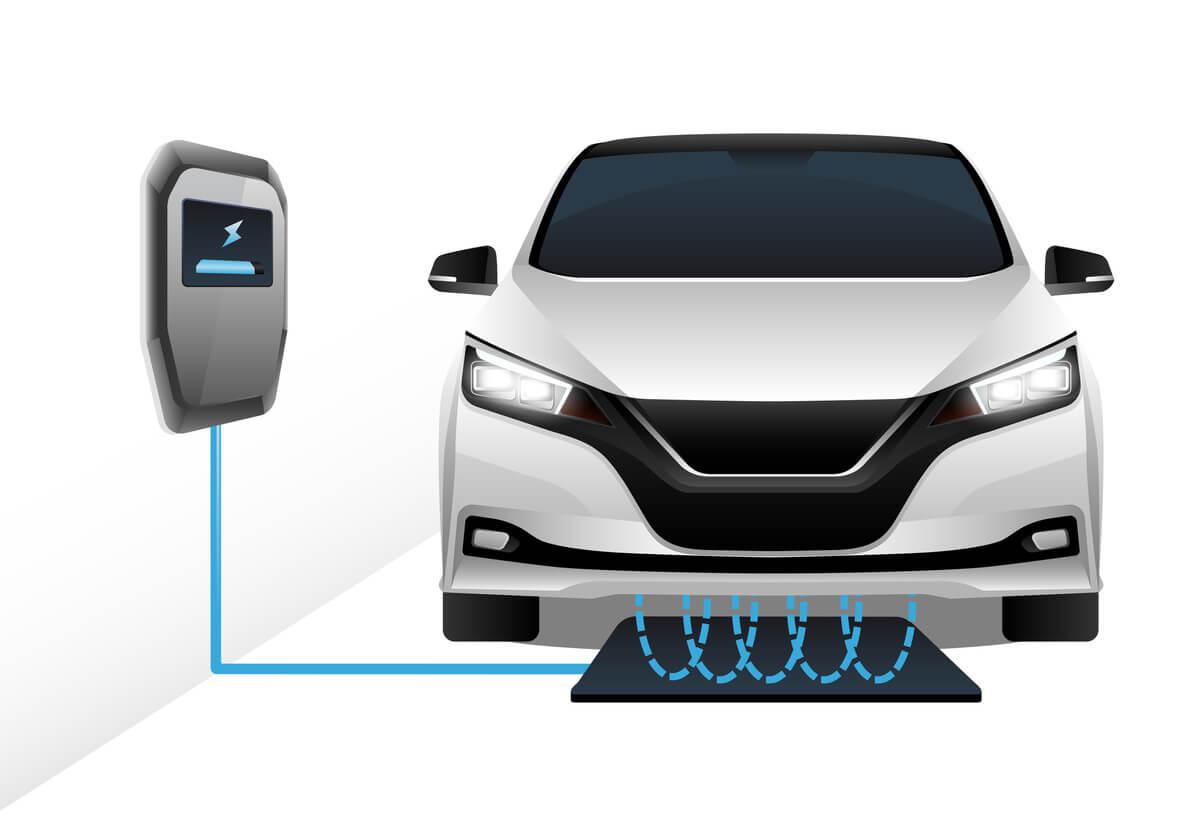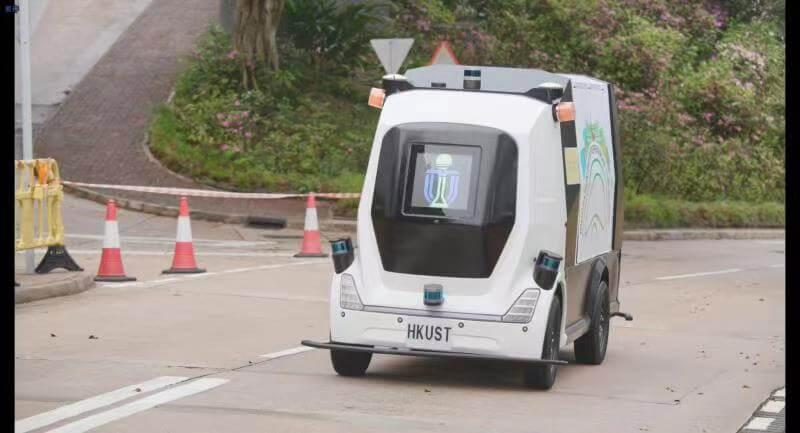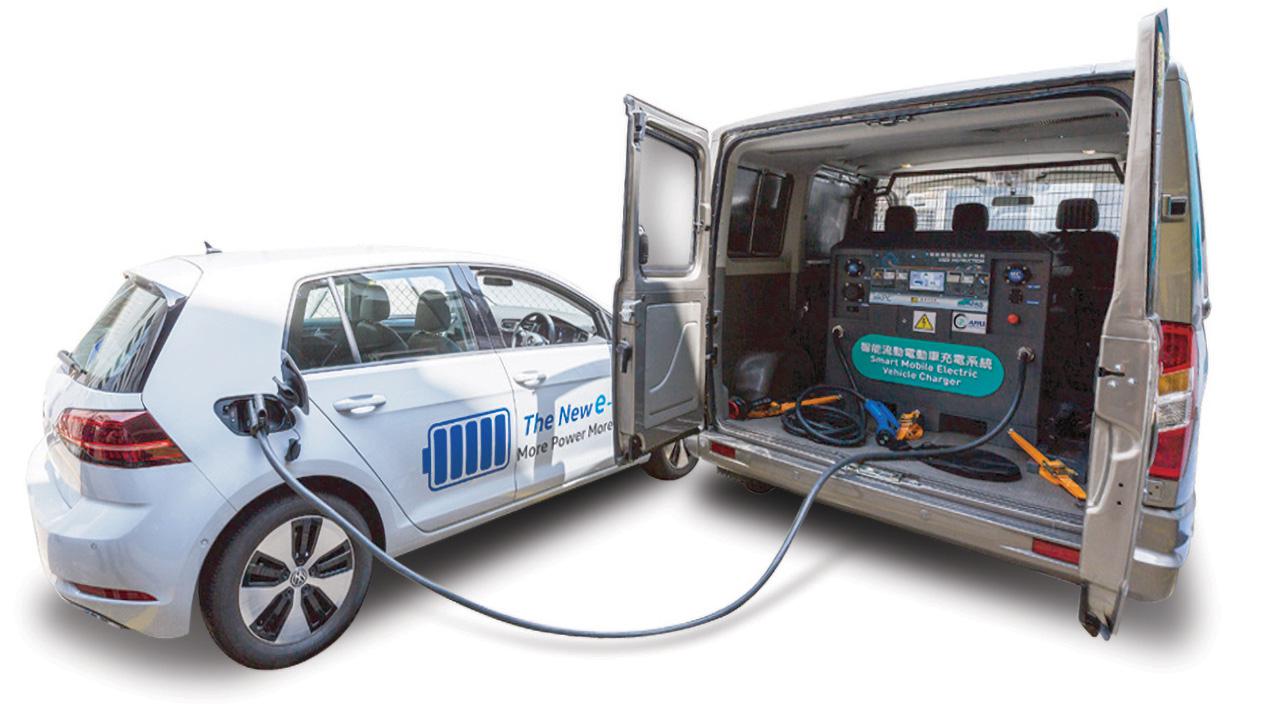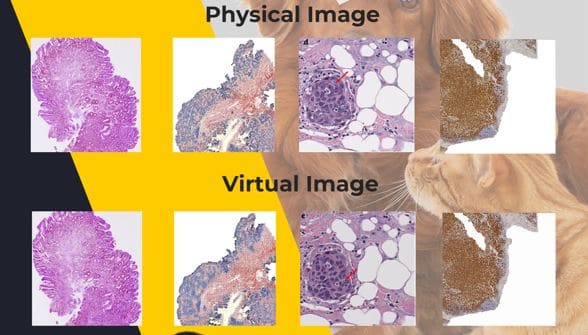
5G Teleoperated-driving
This technology levearges the advantages of 5G network technology, namely low latency and high data transfer rate, to enable distant driving with high resolution video streaming of the traffic condition. Tested on various frequencies (3.5GHz / 4.9GHz / 26 – 28GHz) of 5G tele-operation technology, drivers can control a car with real-time video streaming from the car regardless of its location, while enjoying authentic driving experience, in a driving simulator.
5G tele-operation of autonomous vehicle can help alleviate the shortage of drivers in logistic industry due to long work hours, meet the need for autonomous driving test worldwide, and tackle the incompetence of autonomous vehicle in handling complex operating scenario.
- Real-time video and control command transmission based on 5G communications
- Hardware-accelerated encoding and real-time transmission control of high-definition videos
- Real-time transmission and control of remote control commands
- Low latency and higher bandwidth for video streaming, providing a more authentic driving experience
- Enable tele-operation in a remote area without too much infrastructure investment
- Enable control of several many vehicles by one driver
- Remote driving in harsh environment, such as port, dock and landfill
- Inspection in construction sites
- Inspection in restricted areas, e.g. sewage and drainage
Patent
- Hong Kong Short-term Patent (HK30045711)
- CN Utility Model ZL202121508233.4
Centre of Advanced Power and Autonomous Systems (APAS) (formerly Automotive Platforms and Application Systems R&D Centre) was established in 2006 and is fully integrated as a business division under HKPC on 1 April 2025. APAS continues to undertake market-led R&D programmes spanning green transportation, smart mobility, intelligent systems and emerging applications, as well as commercialises R&D results in collaboration with industry, universities and technology institutes to enhance the competitiveness of Hong Kong's automotive and other transportation sectors in new energy and smart driving.
